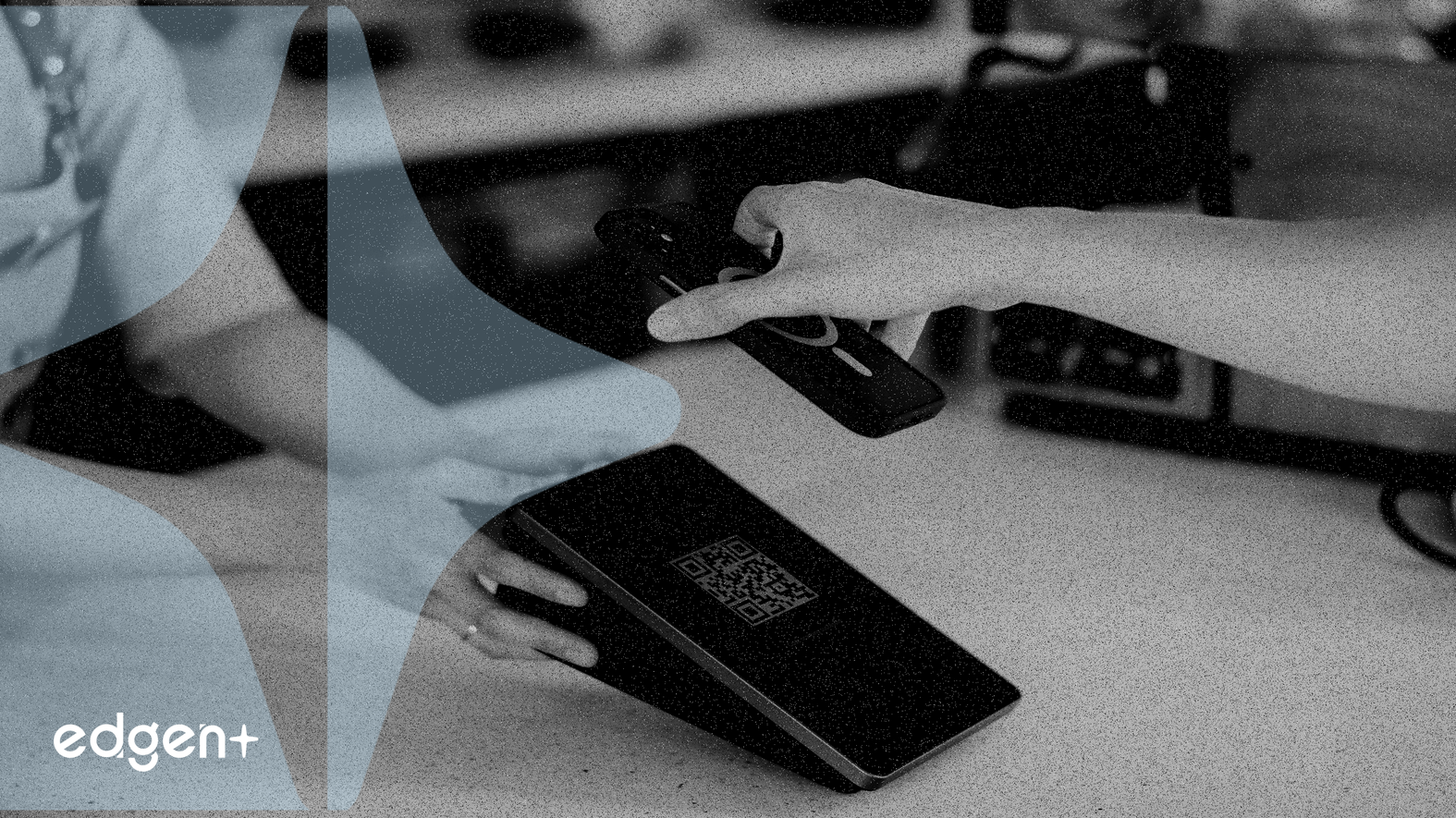Executive Summary
The cryptocurrency market is transitioning from a period dominated by speculation to one characterized by strategic sector rotation. This shift is seeing capital reallocate from established large-cap assets to emerging, higher-beta opportunities within the Layer-2, AI, and InfoFi ecosystems, alongside a resurgence in memecoins and utility-focused NFTs.
The Event in Detail
The cryptocurrency market is entering a new phase primarily driven by sector rotation rather than blind speculation. With Bitcoin's price stabilizing, new funds are actively flowing into targets within the Layer-2, AI, and InfoFi ecosystems that exhibit a higher Beta coefficient, indicating greater elasticity to market movements. This liquidity shift is notable, moving from large-cap coins such as BTC and ETH to these higher-yielding sectors.
Specific beneficiaries of this rotation include leading Layer-2 solutions like Arbitrum, Optimism, Lightning Network, Polygon, and Base, with new entrants like Dymension, Coti, Manta Network, and Starknet also gaining traction. In the AI and InfoFi space, projects such as Xeet, Wallchain, and MindoAi are attracting capital. InfoFi, a novel on-chain model, allows users to profit through verifiable information rather than solely through trading, merging DeFi with advanced data discovery tools, AI, and knowledge graphs.
Simultaneously, memecoins are experiencing a significant resurgence, particularly within the Solana and Base ecosystems. The Solana ecosystem, known for its high throughput and low transaction fees, has seen rapid growth in its memecoin sector since 2023, now hosting over 1,000 memecoins with a combined market cap exceeding $20 billion and a 24-hour trading volume over $6.8 billion.
The NFT market is also witnessing a revival in 2025, shifting from hype-driven speculation to utility and value-based collecting. Top collections like CryptoPunks, Pudgy Penguins, and Bored Ape Yacht Club (BAYC) are reporting increased trading activity and rising floor prices. Major brands, including Adidas and Gucci, are tokenizing limited releases, and Coinbase notably acquired a $25 million NFT as part of a larger $375 million deal to purchase Echo, underscoring the industry's move towards functional, utility-based NFTs. The total NFT market value has surpassed $6.4 billion, with trading volume exceeding $50 million in just 24 hours. Bitcoin's growing NFT ecosystem, including Taproot Wizards, has also seen a floor price increase of over 30% in one day, reaching approximately 0.22 BTC (~$26,900).
Finally, the Decentralized Physical Infrastructure Network (DePIN) sector has entered a new growth phase in 2025. Its combined market capitalization has climbed to $19.2 billion, a nearly 270% year-over-year increase from $5.2 billion. DePIN tokens now account for roughly 0.5% of the total crypto market, signifying its transition from niche experiments to a recognized asset class within the Web3 ecosystem, with over $744 million invested in more than 165 DePIN startups between January 2024 and July 2025.
Financial Mechanics and Strategy
The current market environment reflects a strategic pivot by investors seeking higher returns as Bitcoin volatility allows for capital allocation to assets with greater beta. This mechanism is driving funds towards innovative sectors that offer potential for substantial growth beyond established large-caps. For instance, Layer-2 solutions address the scalability limitations of mainnets like Ethereum, providing faster and cheaper transactions, thereby enhancing utility and attracting users and developers. Projects such as Arbitrum and Optimism lead in adoption and total value locked (TVL).
The strategic focus on InfoFi represents a fundamental shift in how value is captured within Web3, moving towards "proof of knowledge" rather than solely "proof of stake" or "proof of work." By merging DeFi with AI and knowledge graphs, InfoFi projects aim to monetize actionable financial intelligence derived from both on-chain and off-chain data. Similarly, the resurgence of memecoins on Solana leverages its technical advantages—high throughput and low transaction fees—to facilitate rapid trading and community engagement, distinguishing them from prior cycles dominated by Ethereum-based tokens. The evolving NFT market reflects a business strategy focused on integrating digital assets with real-world utility and brand engagement, as evidenced by major brands tokenizing releases and corporate acquisitions like Coinbase's purchase of Echo.
Market Implications and Broader Context
The ongoing sector rotation has significant implications for capital flows and investment strategies within the broader Web3 ecosystem. It signals a maturing market where fundamental utility, technological innovation, and verifiable project parameters are becoming increasingly important. The shift towards Layer-2s, AI, and InfoFi underscores a demand for more scalable, intelligent, and efficient blockchain applications. The sustained growth of DePIN further indicates a recognition of real-world infrastructure applications within the digital economy.
For investors, this environment necessitates a deeper understanding of underlying technologies and strategic positioning rather than speculative trends alone. The renewed emphasis on NFT utility suggests a long-term integration of digital assets into various industries, moving beyond collectible hype. The market's demand for verifiable presale conditions, including independent audits and KYC verification, as seen in projects like XRP Tundra, indicates a heightened scrutiny from investors seeking greater transparency and reduced risk before capital deployment.
Expert Commentary and Future Outlook
Market analysis suggests that early participants are capturing upside through mechanisms like leaderboard points and yield strategies on platforms such as Pendle. Research indicates that the cycle of quick raises built solely on whitepaper promises has diminished, replaced by a preference for launches that demonstrate working documentation and verifiable progress before securing funds. Analysts are prioritizing independent audits from reputable firms and publicly accessible reports, alongside team KYC verification, as foundational elements before evaluating token mechanics or economics.
This evolving market landscape points to a future where innovation within specific niches—particularly those enhancing scalability, intelligence, and real-world integration—will drive substantial capital reallocation. The emphasis on verifiable project fundamentals, utility-driven digital assets, and efficient infrastructure networks is expected to shape investment decisions and foster a more robust and sustainable growth trajectory for the cryptocurrency market.
source:[1] Opportunities in November's Crypto Market (https://www.panewslab.com/zh/articles/6d8490f ...)[2] Emotional Rollercoaster Phase: Cryptocurrency Market Gold Rush Guide - BlockBeats (https://vertexaisearch.cloud.google.com/groun ...)[3] How to capture the wealth code in November? | Bitget News (https://vertexaisearch.cloud.google.com/groun ...)



